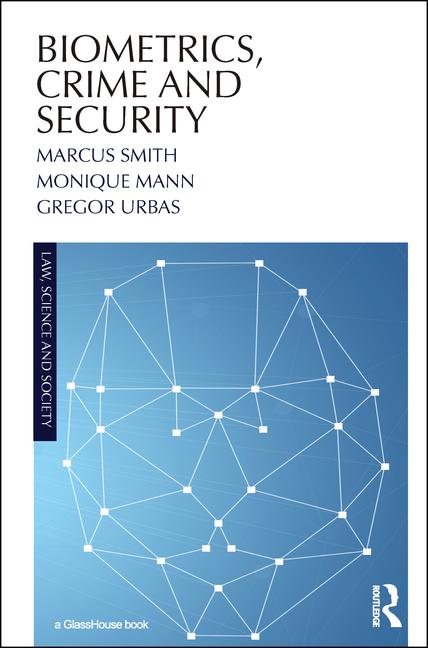People With Disabilities Experienced Violent Crime at Twice the Rate of People Without Disabilities

Nearly 730,000 nonfatal violent crimes and about 1.8 million property crimes were experienced by people age 12 or older with a disability in 2008, the Bureau of Justice Statistics (BJS) announced. The violent crimes against people with disabilities included 40,000 rapes or sexual assaults, 116,000 robberies, 115,000 aggravated assaults and nearly 459,000 simple assaults.
The rate of nonfatal violent crime against people with disabilities (40 per 1,000 persons age 12 or older, after adjusting for age) was about twice the rate for those without disabilities (21 per 1,000). The study generated age-adjusted criminal victimization rates for victims with disabilities, who are typically older than victims without disabilities. In general, the age adjustment accounts for victimization rates that decrease as the age of victims increase.
Six types of disabilities were identified among persons who experienced criminal victimization: hearing, vision, cognitive, ambulatory, self-care and independent living. A disability was defined as a sensory, physical, mental or emotional condition lasting six months or longer that makes it difficult for a person to perform activities of daily living. Among those measured, people with cognitive disabilities had the highest risk of violent victimization.
People ages 12 to 24 and ages 35 to 49 with disabilities were nearly twice as likely as people in those age groups without disabilities to be victimized. (These rates are not adjusted for age.) Persons ages 25 to 34 with and without disabilities experienced violence at about the same rate (30 per 1,000 persons with disabilities compared to 25 per 1,000 for those without disabilities).
Nearly 15 percent of violent crime victims with disabilities believed they were targeted for violence due to their disability. Persons with disabilities were slightly less likely to resist an offender during a violent crime than persons without disabilities. About one-fifth of violence against persons with disabilities involved an offender with a weapon, including eight percent in which the offender was armed with a firearm. About 27 percent of violent crime victims with disabilities were injured as a result of the crime; 11 percent sought treatment.
The report, Crime Against People with Disabilities, 2008, can be found at http://bjs.ojp.usdoj.gov.
Looking for a reprint of this article?
From high-res PDFs to custom plaques, order your copy today!







